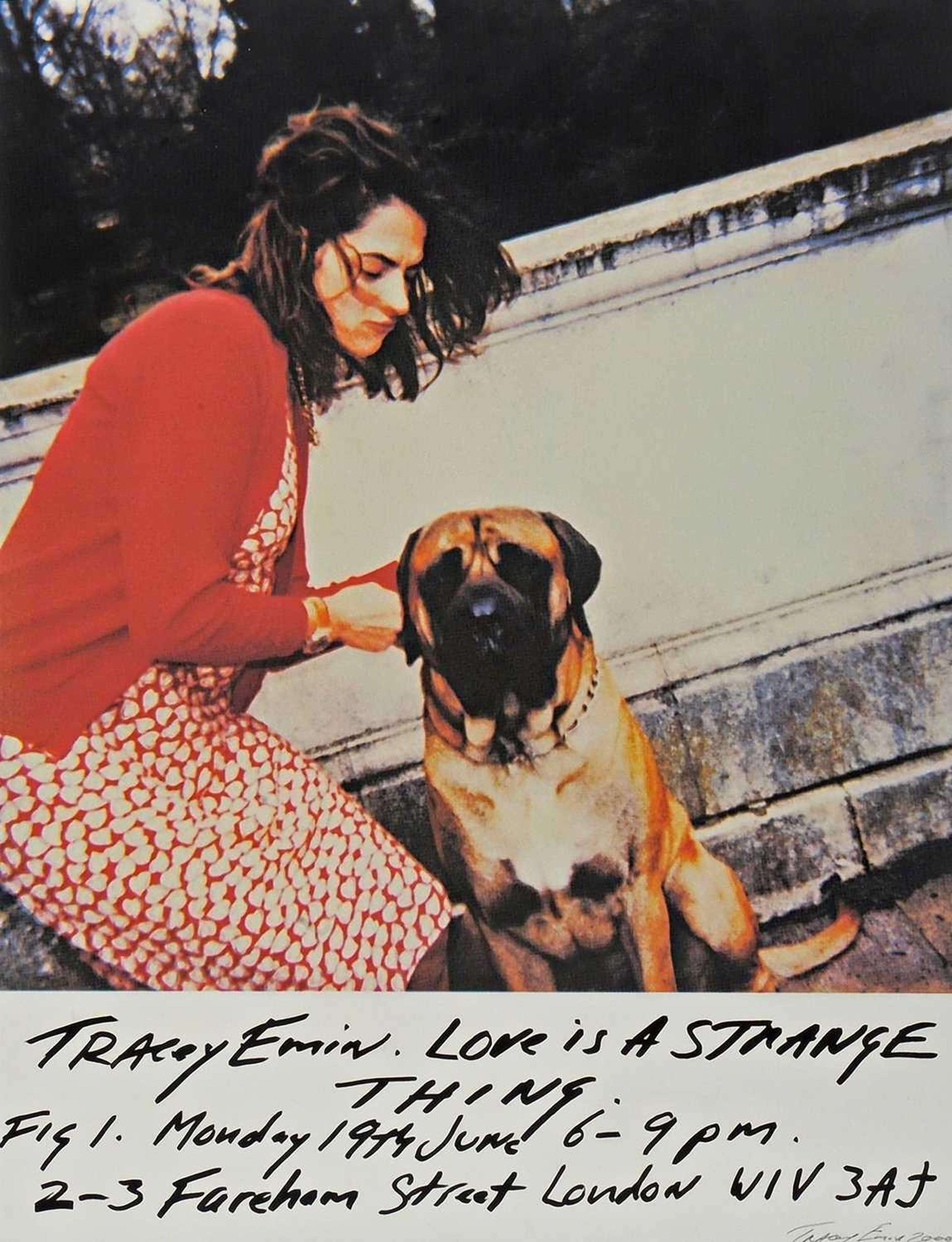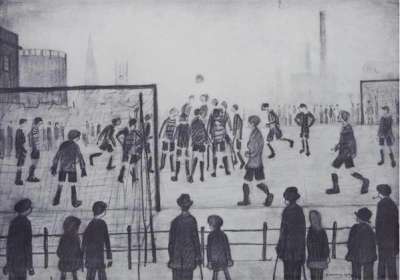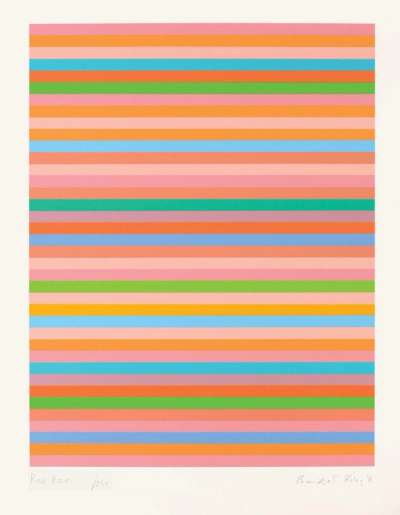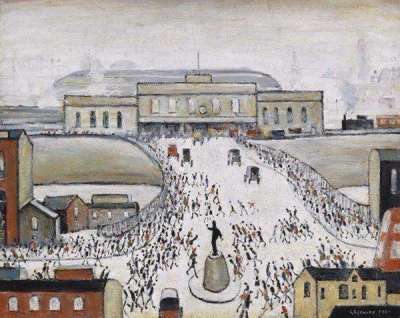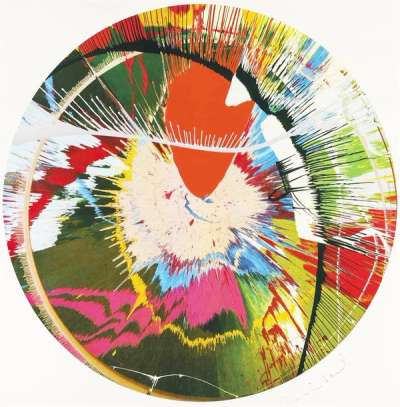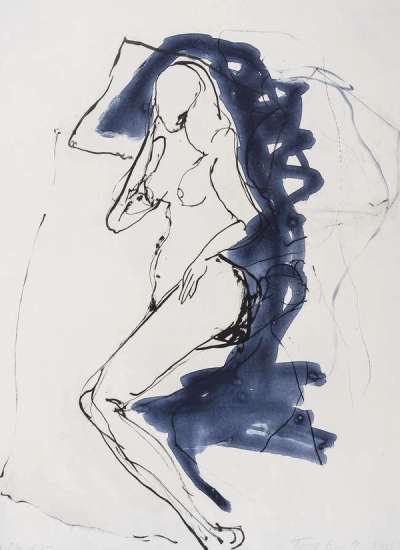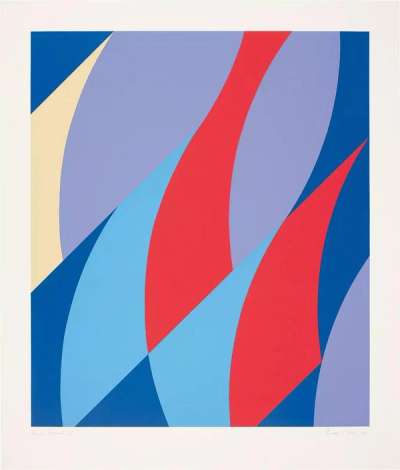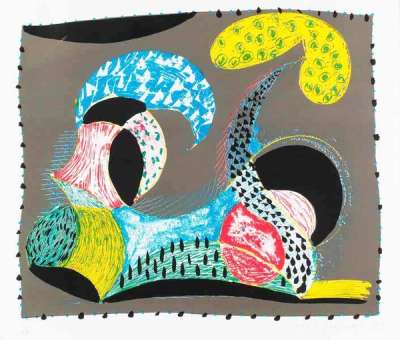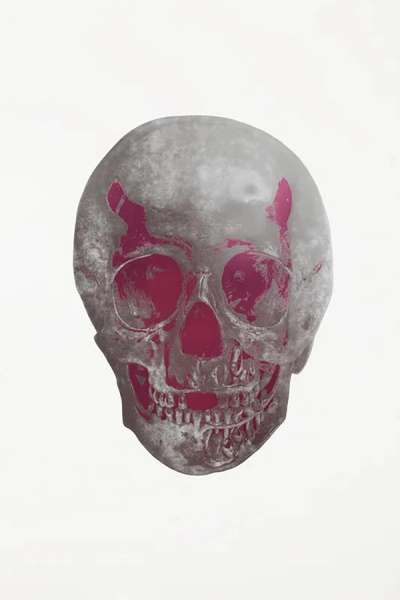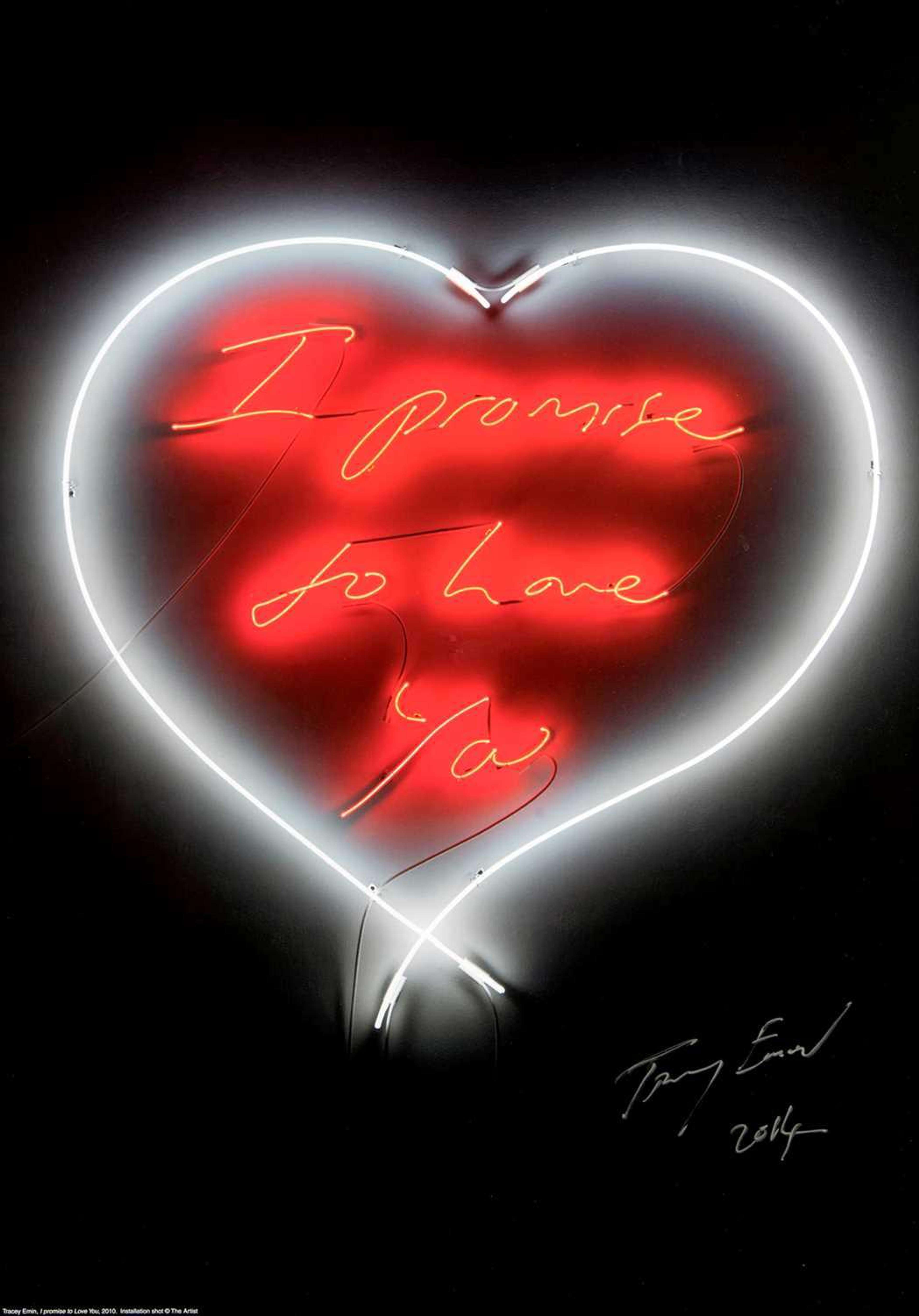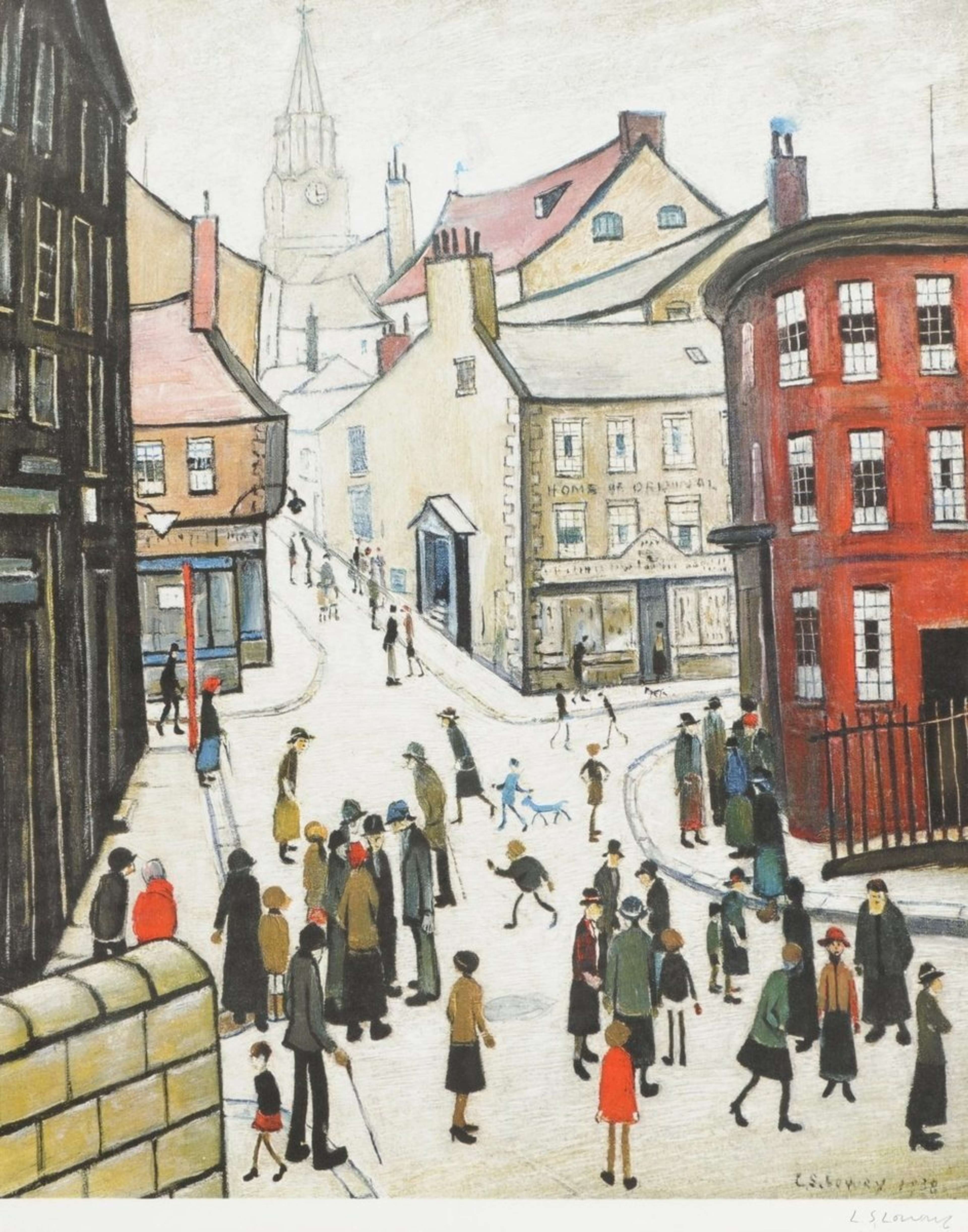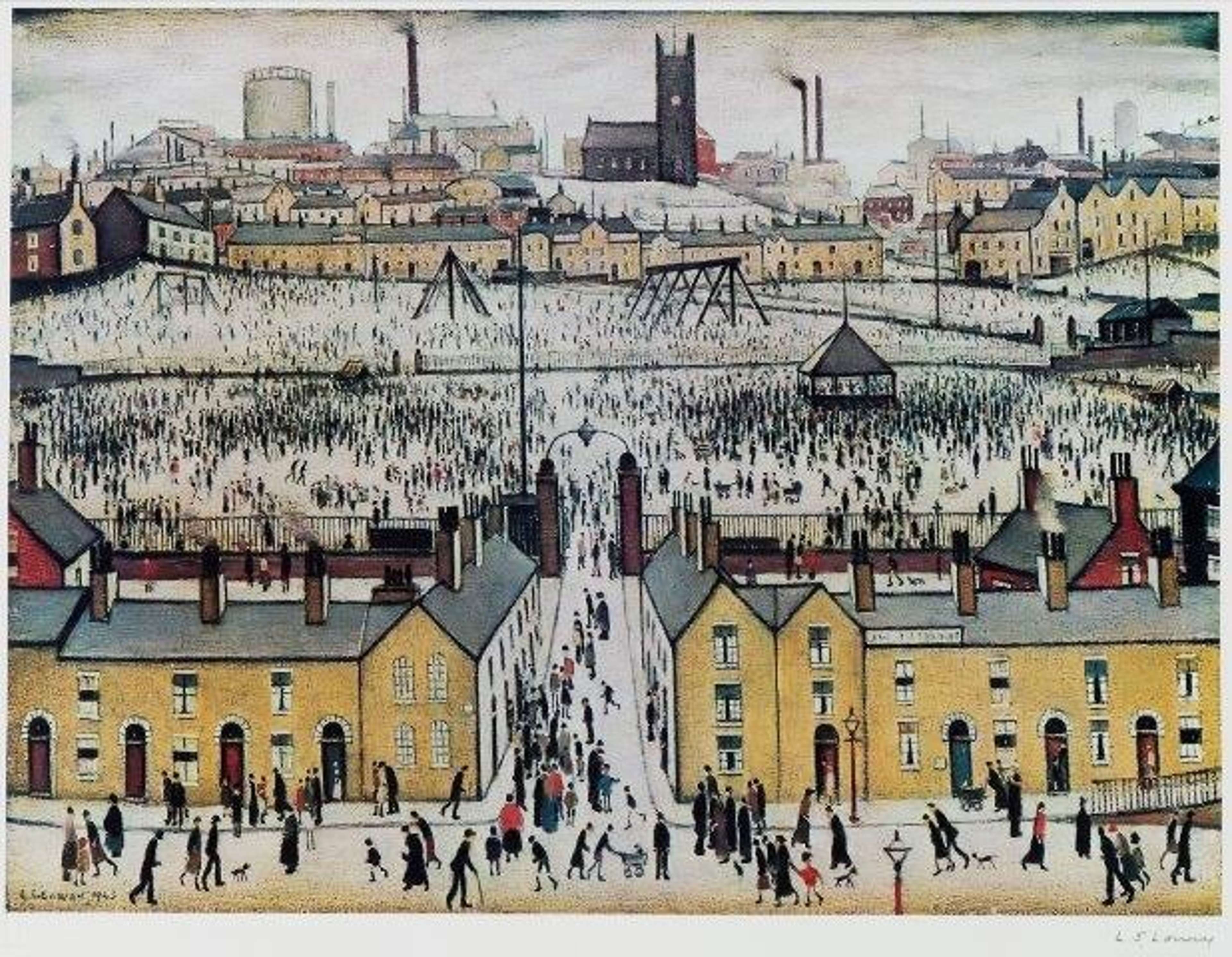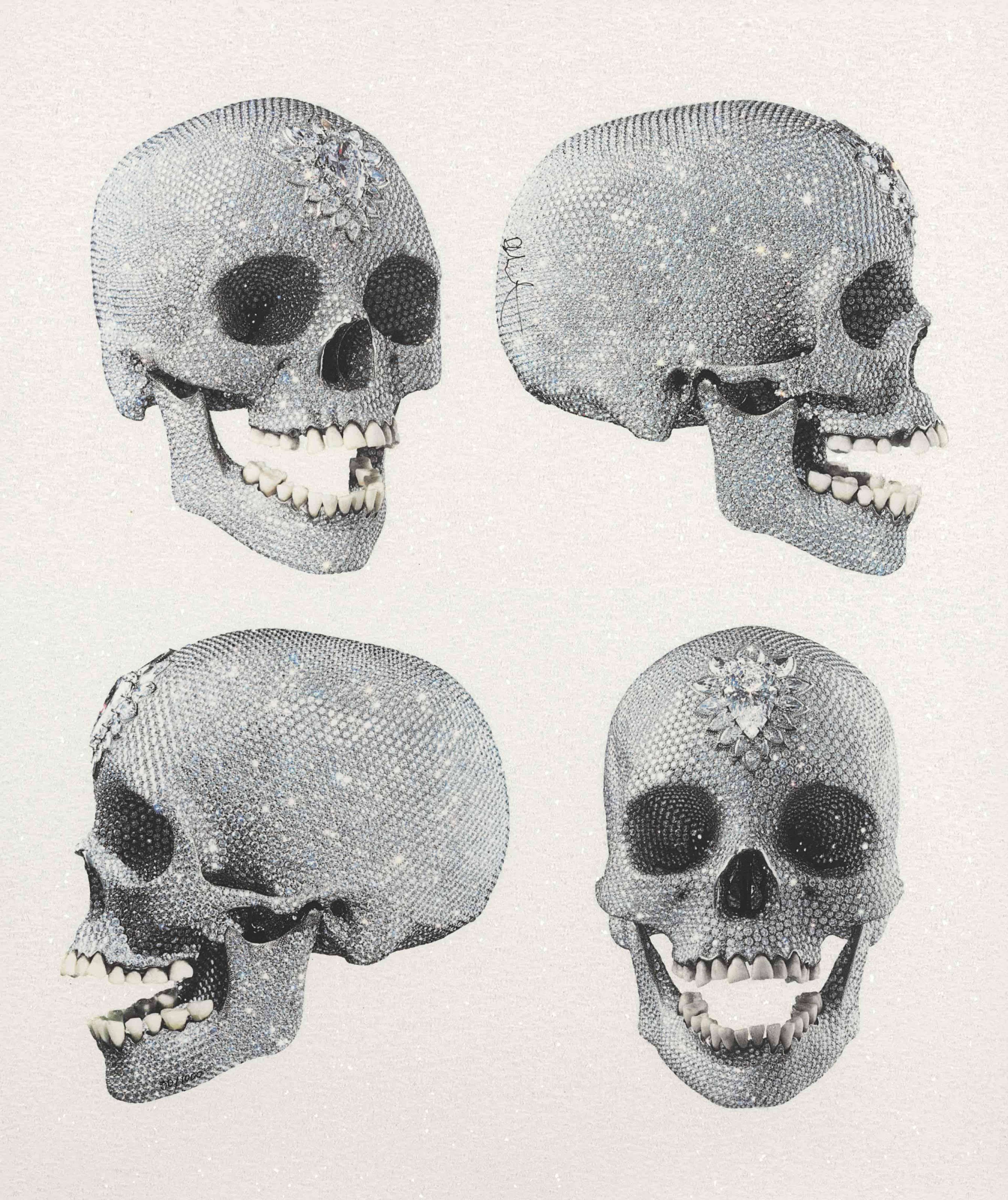From L. S. Lowry to Damien Hirst: The Evolution of Modern & Contemporary British Art

 Spin © Damien Hirst 2015
Spin © Damien Hirst 2015Live TradingFloor
The story of Modern and Contemporary British Art is one of evolution and innovation. Over the past century, British Art has undergone a series of transformations, driven by artists and movements that have challenged conventional notions of art and its role in society.
This article will review how British Art has been shaped by its movements and artists who have challenged traditional notions of art and representation.
The British Art Scene
The British Art scene is characterised by its vibrancy, diversity, and willingness to challenge conventional norms and expectations. From the 20th century to today, British Art has been marked by a diverse range of movements and styles that reflect the changing social and cultural landscape.
Here, we explore some of the pre-eminent artists hailing from Britain who have had a sculpting effect on the British Art scene.
L. S. Lowry: Britain’s Pre-Eminent Painter
L. S. Lowry (1887-1976) was a British artist known for his distinctive style of painting, which often depicted scenes of modern life in industrial areas of northern England. He was largely self-taught as an artist and developed his own unique style, characterised by flat perspectives, simplified forms, and a limited colour palette.
Lowry's work was heavily influenced by the urban landscape of Manchester and its surrounding areas, which he captured in vivid detail in his paintings. His works often featured industrial buildings, factories, and mills, as well as crowds of people making their usual errands. Despite the apparent bleakness of these scenes, Lowry’s styles and techniques imbued them with a sense of warmth and humanity, portraying his subjects with sympathy and understanding.
The Post-War Years: British Pop Art and Beyond
The post-war years in Britain saw a period of cultural and artistic transformation, as artists sought to break free from traditional modes of expression and explore new forms and styles. One of the most significant movements to emerge from this era was British Pop Art, which drew inspiration from popular culture and consumer society. Artists created works that celebrated the vibrancy and energy of post-war Britain, while also critiquing its excesses and inequalities. Beyond Pop Art, the period saw a range of other movements and styles, as artists continued to experiment with new forms and techniques.
Francis Bacon Challenges the Conventional
Francis Bacon (1909-1992) was a British painter known for his powerful, disturbing, and emotionally charged figurative works. Born in Dublin, Ireland in 1909, he moved to London in the 1920s and began his artistic career in the 1940s. Bacon's work is characterised by distorted and fragmented representations of the human figure, often depicted in violent or sexually charged poses. His use of bold, abstracted forms and intense colours conveyed a sense of psychological tension and alienation that made him one of the most influential painters of his generation.
Some of Bacon's most notable works include his Screaming Pope series, which depicts the Catholic pontiff in a distorted and agonised state, and his portraits of friends and lovers, which often convey a sense of raw sexuality and intense emotional pain. His work was part of the post-war British Pop Art movement, which emerged in the 1950s and 60s as a response to the cultural and social changes of the time. Although Bacon's work was not explicitly pop art, his use of imagery and his focus on everyday life and popular culture made him an important figure in the movement.
Bacon's influence on contemporary art has been significant, and his legacy continues to inspire artists today. His bold, visceral style and his willingness to explore taboo subjects such as sex and death helped to break down barriers and challenge traditional artistic views.
Lucian Freud: Master of Modern Figurative Painting
Lucian Freud (1922-2011) stands as one of the most influential British artists of the 20th century, renowned for his intense realism and the psychological depth to his portraits. Born in Berlin and grandson to Sigmund Freud, he emigrated to London in 1933, where his artistic development took root. Freud's early work was marked by surrealist influences, but he soon shifted his focus to portraiture, developing a distinctive style characterised by scrutinising detail.
Freud's portraits are celebrated for their unflinching realism and raw physicality. Aside from his painted works, prints depicting subjects like his close family and his naked sitters showcase his ability to capture the true essence of his subjects. Whether it be through thick, textured brushstrokes or gestural marks on the etching plate, Freud's works reveal the vulnerability and complexity of the human condition, making him a pivotal figure in the evolution of modern British art.
 Image © Tate / Portrait of an Artist (Pool with Two Figures) ⓒ David Hockney, 1972
Image © Tate / Portrait of an Artist (Pool with Two Figures) ⓒ David Hockney, 1972David Hockney
David Hockney (b.1937) is a British painter, printmaker, and stage designer who is widely considered one of the most influential artists of the 20th century. He emerged onto the art scene in the early 1960s as a leading figure in the British Pop Art movement. His works are known for their bright colours, bold lines, and distinctively modern aesthetic.
One of Hockney’s most famous works, Portrait Of An Artist (Pool with Two Figures), a painting of a man standing on the edge of a swimming pool, looking down at someone underwater broke records when it sold for $90.3million at auction in 2018, making it the most expensive work by a living artist ever sold at auction.
Hockney’s work was marked by a fascination with consumer culture, and he drew inspiration from popular imagery such as billboards, advertisements, and magazines. His early works were characterised by a playful, irreverent spirit, and offered new perspectives on art, experimenting with different media like photography and printmaking.
Bridget Riley & Op Art
Bridget Riley (b.1931) is an English painter known for her dizzying and geometric abstract art. She was born in London in 1931 and studied at Goldsmiths College and the Royal College of Art. In the early 1960s, she began creating her signature optical art, characterised by bold, contrasting colours and dizzying patterns. Considered a Modern British Master due to her major influence on the Op Art movement, which emerged in the 1960s and focused on optical illusions and visual perception.
Riley’s artistic journey continued with her involvement in the post-war British Pop Art movement, which emerged in the 1950s and focused on consumer culture and mass media. Her early work often featured simple, graphic designs and bold colours, which helped establish her reputation as an innovative and experimental artist.
Riley's influence on contemporary art and design cannot be overstated. Her use of optical illusions to generate depth and movement continues to inspire artists working in a wide range of media, from painting and sculpture to fashion and graphic design. Her work has been exhibited in museums and galleries around the world, and she has received numerous awards and honours throughout her career. Her influence on the Op Art movement and her pioneering use of optical illusions and colour continue to make her an important figure in the history of modern art
Sensational YBAs of the 90s Art Scene
In the late 90s, YBAs introduced the world to their group’s Sensation, an exhibition produced by Saatchi that was so shocking, it required a disclaimer. This wasn’t the first time the Young British Artists set out to create a frenzy in the art world, and it certainly wasn’t the last.
Damien Hirst
Damien Hirst (b.1965) is a British artist widely recognized as the king of controversial art. He first gained notoriety in the 1990s as part of the Young British Artists (YBAs) movement. Hirst's work often explores the themes of life, death, and mortality through a variety of media, including sculpture, painting, and installation. One of his most notable works is The Physical Impossibility Of Death In The Mind Of Someone Living, a sculpture of a shark preserved in formaldehyde that was widely regarded as an icon of 90s art.
Hirst was one of the leading figures in the 90s art scene, characterised by his spirit of rebellion, shock value, and a willingness to challenge the traditional boundaries of art. Along with other YBAs like Tracey Emin and Sarah Lucas, Hirst was known for his provocative, often controversial work that challenged conventional notions of art and beauty. He gained widespread attention for his installations of animals and animal parts, such as A Thousand Years.
Hirst continues to make waves even now as he explores the relationships between digital and physical art with his most recent collaboration with Heni Editions, The Beautiful Paintings.
Tracey Emin
Tracey Emin (b.1963) is a British artist who rose to prominence in the 1990s as part of the YBAs movement. Born in London in 1963, Emin's work often explores themes of sexuality, feminism, and personal trauma. One of her most notable works, My Bed, is an installation piece that includes a dishevelled bed surrounded by various objects, such as empty alcohol bottles, cigarette butts, and used condoms. The piece caused controversy and became a defining work of the YBA movement.
Emin's involvement in the 1990s art scene was instrumental in establishing the YBA movement as a major force in contemporary art. Along with other artists like Hirst and Sarah Lucas, Emin's work challenged traditional notions of art and pushed the boundaries of what was considered acceptable in many of her major exhibitions.
 Modern British Report © MyArtBroker 2023
Modern British Report © MyArtBroker 2023Investing in British Art: The Modern British Prints Report
The Modern British Prints Report provides an in-depth analysis of the current state and future prospects of the Modern British Prints market. It covers a wide range of topics, including market size, key trends, major players, and market drivers and challenges. The information presented is based on extensive research and analysis conducted by experts in the field, ensuring collectors have a secure confidence when it comes to investing. Investors are even able to track the market in real time with MyPortfolio.
Discover the performance and market-driving indicators for L. S. Lowry, Bridget Riley and David Hockney in The Modern British Prints Report.
Reflecting on British Art in the 21st Century
British Art in the 21st century has undergone a tremendous transformation, reflecting the changing social, cultural, and political landscape of the country. It offers us a rich and diverse tapestry of artistic expression, reflecting the myriad of voices and experiences that make up modern Britain. British artists have the power to challenge and inspire us, and to offer new ways of seeing and understanding the world around us.











